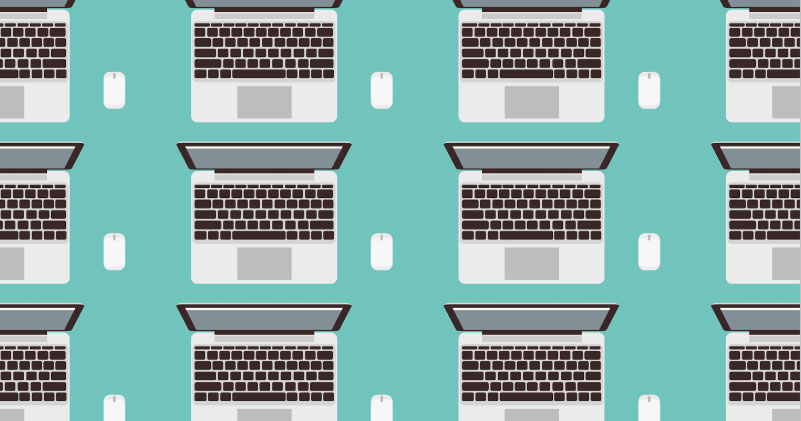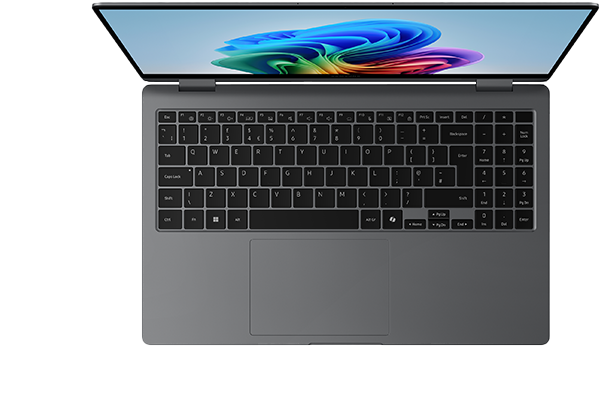How IT teams benefit from a standardised device fleet

When the pandemic hit, IT teams across the country were thrown into crisis mode. Offices shut down overnight, and organisations scrambled to equip employees with laptops so they could work from home.
It wasn’t about long-term strategy—it was about getting *something* in their hands, fast.
The result? Many businesses ended up with a patchwork of devices: different brands, specs, operating systems, and ages.
Now, with hybrid work here to stay and budgets under renewed scrutiny, there’s finally an opportunity to step back and fix the chaos. And one of the smartest moves IT teams can make is to standardise the fleet.
Here’s why it matters
—and how it can transform IT operations moving forward.
1. Simplified support & faster issue resolution
A mixed fleet means unpredictable problems. When employees are using a range of different machines, troubleshooting becomes complex and time-consuming. Standardisation removes this friction by giving IT teams a consistent environment to work with.
- Support teams can develop deep knowledge of specific devices
- Faster fixes and fewer support tickets
- Spare parts and replacement devices are easier to manage
2. Streamlined deployment and onboarding
With a standardised fleet, provisioning new devices becomes much more efficient. Pre-built images, automation tools, and predictable hardware specs mean devices can be rolled out quickly—with minimal manual setup. This consistency is a game-changer when onboarding new staff or scaling rapidly.
3. Enhanced security and compliance
A mixed fleet often means varied patch levels, firmware, and configurations—creating security blind spots. Standardization allows IT to enforce consistent policies and keep everything secure and compliant.
- Unified patch management
- Standard encryption and access controls
- Easier auditing and reporting

4. Lower costs and better value
When you’re buying in bulk and sticking to known models, you can negotiate better pricing. Repairs are cheaper too, with fewer spare parts needed. Plus, support and training costs go down because your team doesn’t need to learn every device under the sun.
5. Predictable lifecycle management
With standard devices, you can plan refresh cycles, replacements, and upgrades far more easily. This predictability helps with budgeting and aligns with more sustainable IT strategies—like extending the life of existing hardware through refurbishment or reuse.
6. Scalability made simple
Need to roll out 50 new laptops in a hurry? That’s no problem when you have a standardised fleet. IT can deploy at speed, knowing the new devices will slot right into your current environment.
7. Now’s the time to reset
The past few years forced IT teams into reactive mode. But now, there’s a real opportunity to reset, rethink, and rebuild a smarter, more manageable fleet. Standardising your IT equipment isn’t about limiting choice—it’s about making support, security, and scalability easier for everyone.
It’s time to leave the patchwork behind.
Related Blogs

Join us at Bett 2026: Discover Sustainable IT for Education
We’re excited to announce that we’ll be at Bett 2026, taking place on 21–23 January at ExCeL London! Visit us at stand NG11 to explore the future of sustainable IT for schools.

How to make laptops more sustainable
Discover how extending the life of corporate laptops through refurbishment and responsible use can help reduce waste, carbon emissions and IT costs. Learn how the Turn It Green initiative makes technology more sustainable.

The haunted IT closet: Where old laptops go to die
Every office has one. That dark, forgotten corner of the building where unused laptops gather dust. Once, they powered presentations, supported launches, and handled spreadsheets with pride. Now, they sit stacked on shelves, tangled in cables and cobwebs… a graveyard of forgotten tech.
